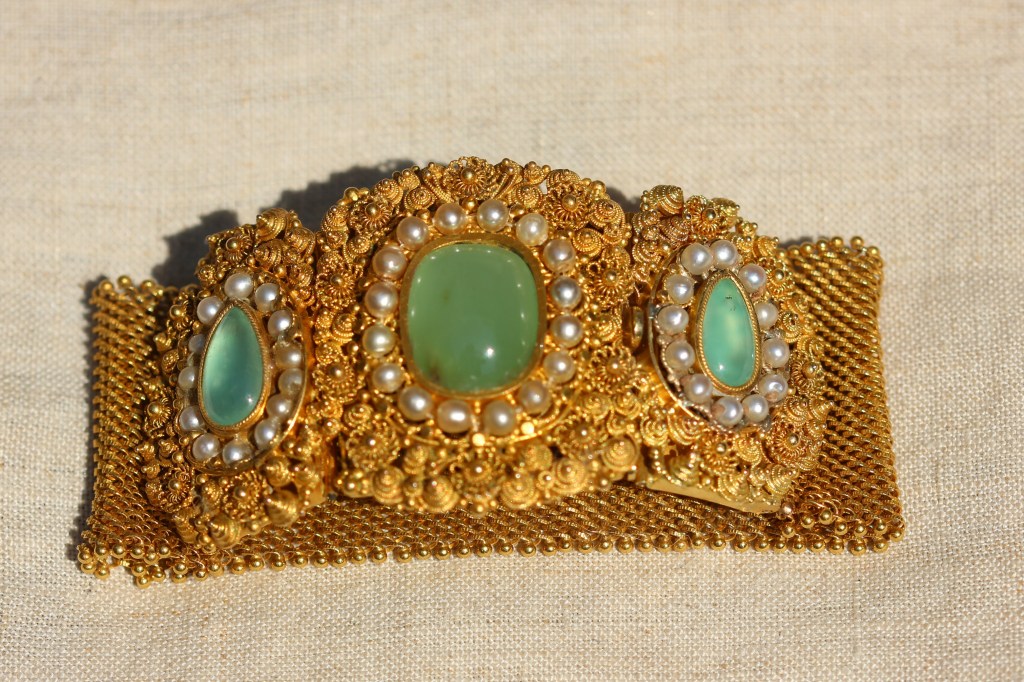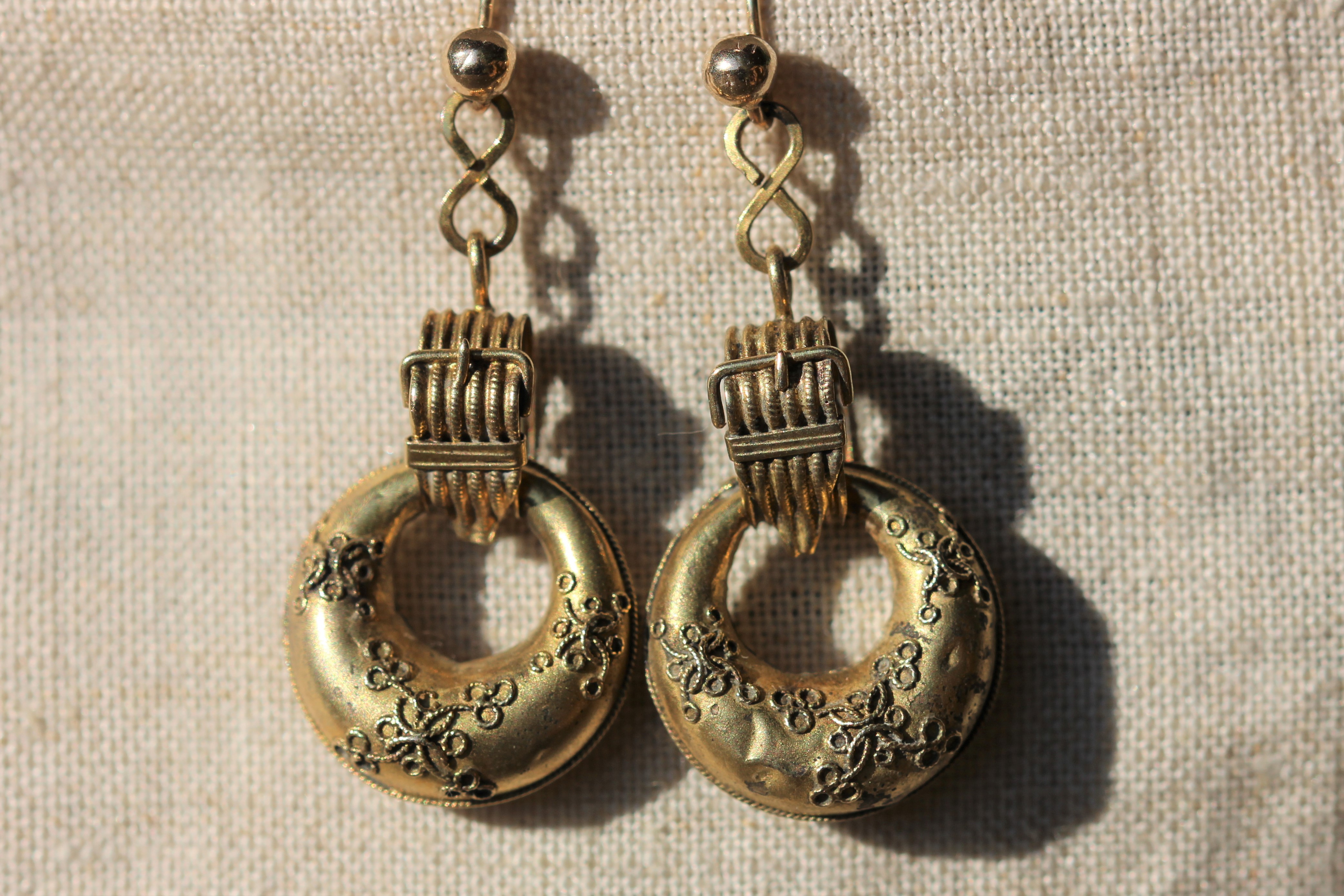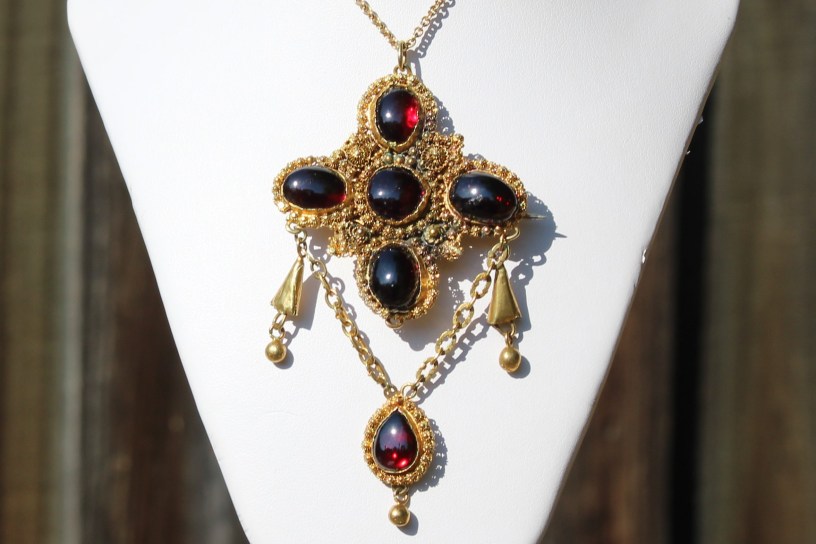Wars lead to shortages in money and materials. They also lead to a lack of skilled craftspeople, either because they have fled the fighting, have been killed, or have become involved as fighters.
When there are shortages, governments try to control the remaining supplies, find substitutes, or find other suppliers. The shortages of some metals during a number of wars led to reductions in the actual metal content in a piece or to plating which spread the dwindling supplies further. In the jewellery context, depending on the countries at war, access to precious gems might be affected and stopped.
The Napoleonic Wars, between 1800 to 1815, were to involve a number of countries. France, obviously, but also Austria, Russia, Portugal, Spain, Britain, Prussia, Saxony, Holland and Sweden. All countries involved suffered financially but one approach taken by Prussia to raise funds so it could keep on fighting was to ask wealthy women to donate their jewels. Princess Marianne of Hesse-Homburg donated jewellery and encouraged other women to do the same. By way of exchange, the donors received Berlin Iron jewellery, made of black cast iron and often inscribed with the slogan ‘Gold I gave for iron 1813’. Or ‘Exchanged for the welfare of the Fatherland’.
Even Napoleon’s financial situation was affected to a certain extent by his wars. He had given his first wife, Josephine, expensive gem-set jewellery during their marriage. When he married Marie-Louise of Austria in 1819, although he gave her some beautiful pieces of jewellery, he also bought her a cut-steel parure. The steel used was soft and was facetted and then polished to achieve a high metallic gleam. It was riveted onto a perforated steel or brass plate, usually in a pave setting. The French production of cut steel jewellery was given a boost by the gift.

The Napoleonic Wars led to changes in how European jewellers created jewellery. They found that they could achieve expensive looking jewellery with limited materials. One type of jewellery technique that is associated with this period is cannetille work. Cannetille work involves the use of thin wires of metal, usually gold, which is coiled into various shapes like rosettes, beehives, pyramids, and scrolls, sometimes welded onto thin plates. The name, which is French, comes from the art of embroidery in which silver and gold thread with a spiral twist to it was used. It is a version of filigree work and probably came from India or Portugal.

Some cannetille work was created out of wirework and rosettes being soldered together, while other pieces like bracelets and pendants required a thin plate of gold onto which the wirework was soldered. By building up pieces of jewellery with coils and rosettes, they could make pieces look much thicker and ornate, while keeping the structure of the piece as light as possible, with less use of gold. It was very time consuming and required considerable skill. Cannetille work was widespread from 1815 to 1840, first in England and then in France as the latter recovered from the wars. This decoration was often further embellished with bead work granulation, an Etruscan technique.

References:
Anne Clifford, ‘Cut-Steel and Berlin Iron Jewellery,’ 1972, Adams & Dart.
Harold Newman, ‘An Illustrated Dictionary of Jewelry’, 1981, Thames & Hudson.


really interesting. Thank you.
LikeLike